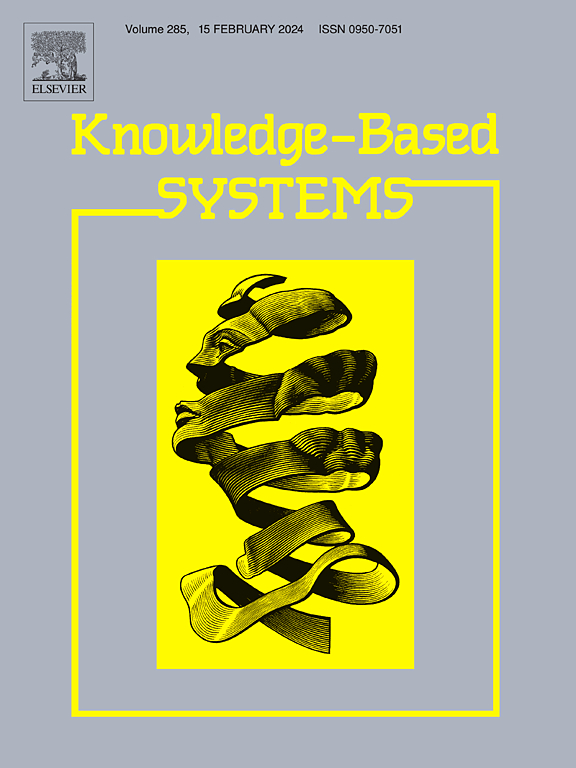Clustering matrix regularization guided hierarchical graph pooling
IF 7.2
1区 计算机科学
Q1 COMPUTER SCIENCE, ARTIFICIAL INTELLIGENCE
引用次数: 0
Abstract
Hierarchical graph pooling effectively captures hierarchical structural information by iteratively simplifying the input graph into smaller graphs using a pooling function, which has demonstrated superior performance in graph-level tasks. However, existing methods often lack a detailed analysis of the pooling function, leading to issues such as noise, loss of essential information, and difficulties in balancing the retention and removal of graph details. In this paper, we address these challenges from an information theory perspective by analyzing information transmission through the clustering matrix within the pooling function. We introduce a novel approach, CMRGP, which is guided by clustering matrix regularization. This method enhances graph representations by selectively filtering task-relevant information from the input graph to create a compressed yet predictive clustering matrix. Specifically, we incorporate high-frequency information via the graph Laplacian matrix and introduce a dynamic gating mechanism to combine both high- and low-frequency information from graph nodes, improving the predictability of the clustering matrix. Additionally, we employ a noise injection technique, adding multivariate independent Gaussian noise to the clustering matrix to compress information and accurately define node category affiliations. Theoretical validation confirms the effectiveness of our approach. We conduct extensive experiments on datasets spanning social networks, biological proteins, and molecular chemistry, totaling 17,372 sample graphs. CMRGP achieves superior performance in graph-level classification, with an average accuracy improvement of 4.36–8.16% across six public datasets, including increases of 4.36% on DD and 8.16% on NCI1.
求助全文
约1分钟内获得全文
求助全文
来源期刊

Knowledge-Based Systems
工程技术-计算机:人工智能
CiteScore
14.80
自引率
12.50%
发文量
1245
审稿时长
7.8 months
期刊介绍:
Knowledge-Based Systems, an international and interdisciplinary journal in artificial intelligence, publishes original, innovative, and creative research results in the field. It focuses on knowledge-based and other artificial intelligence techniques-based systems. The journal aims to support human prediction and decision-making through data science and computation techniques, provide a balanced coverage of theory and practical study, and encourage the development and implementation of knowledge-based intelligence models, methods, systems, and software tools. Applications in business, government, education, engineering, and healthcare are emphasized.
 求助内容:
求助内容: 应助结果提醒方式:
应助结果提醒方式:


